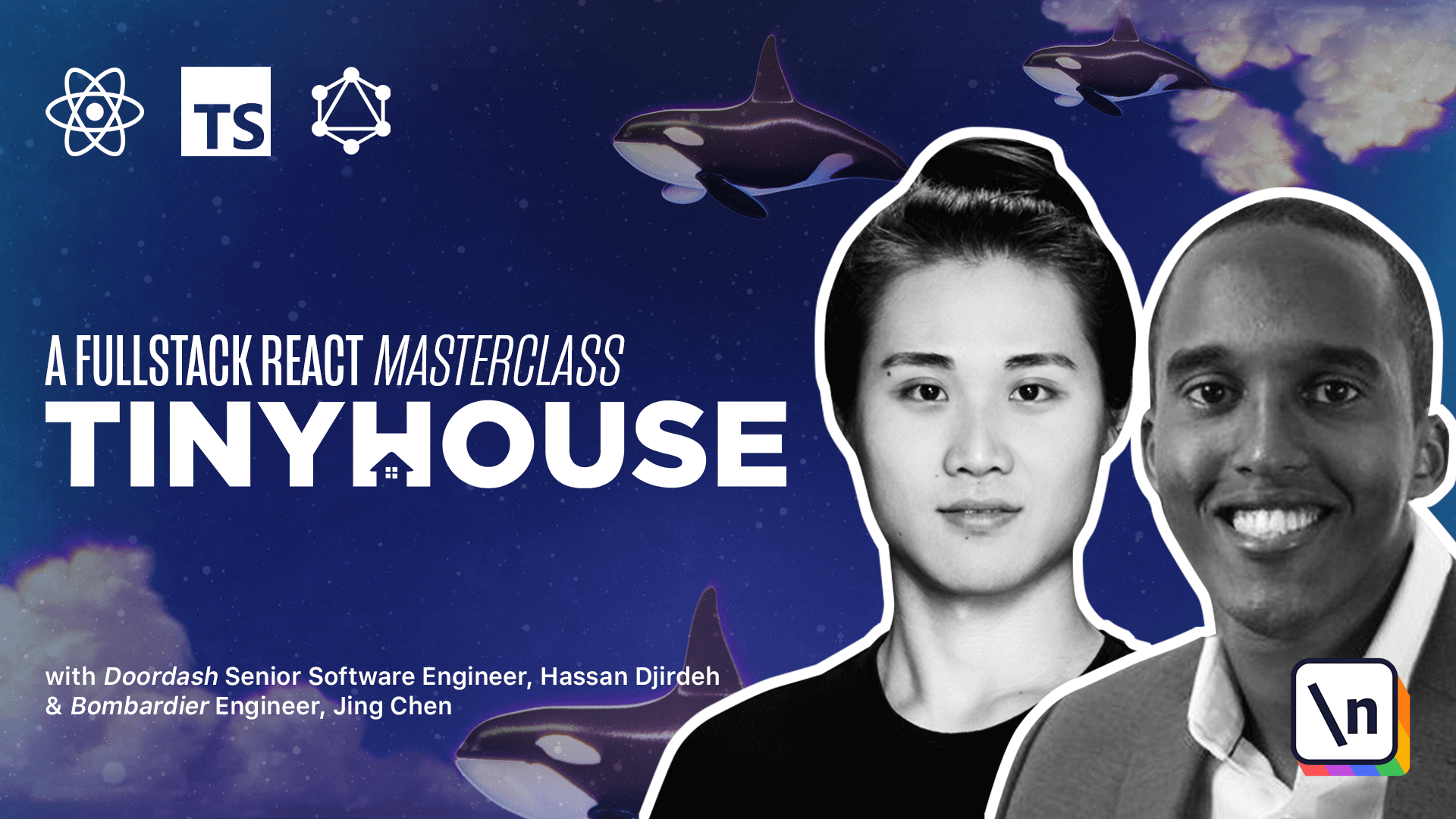Module 8 Introduction
Introduction to Module 8.0.
This lesson preview is part of the TinyHouse: A Fullstack React Masterclass with TypeScript and GraphQL course and can be unlocked immediately with a single-time purchase. Already have access to this course? Log in here.
Get unlimited access to TinyHouse: A Fullstack React Masterclass with TypeScript and GraphQL with a single-time purchase.

[00:00 - 00:09] We've spent a decent amount of time working with some of React's core hooks. We've seen how the "use state", "use effect" and "use reducer hooks" work.
[00:10 - 00:21] We've even created our own custom hooks as well, use query and use mutation. Though our custom hooks work well, there's probably a more robust way to conduct GraphQL requests.
[00:22 - 00:33] That's right, going forward, we'll be using Apollo Client to manage our GraphQL API requests. Apollo Client has intelligent caching and is being used in production applications today.
[00:34 - 00:43] React Apollo is the React implementation of Apollo Client. In this module, we'll create our own Apollo Client with the help of the Apollo Boost package.
[00:44 - 00:52] Use React Apollo's "use query" and use mutation hooks. Finally, we'll auto-generate type definitions from our GraphQL schema.
[00:53 - 00:54] (upbeat music)